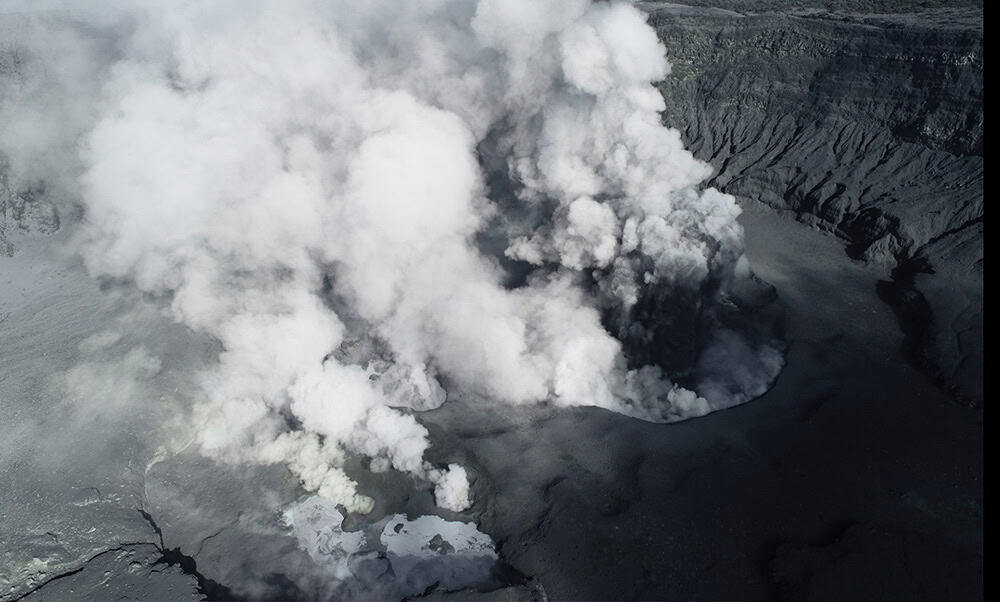Eruptions at Poás Volcano in Costa Rica have intensified since early Monday, with the Volcanological and Seismological Observatory of Costa Rica (OVSICORI) reporting multiple significant events. At 12:54 a.m. on March 31, a plume of ash and gas soared 600 meters above the crater, marking a continuation of heightened volcanic activity. By 7:40 a.m., another eruption propelled a 200-meter plume skyward, with video footage from nearby cameras revealing the expulsion of incandescent blocks at high temperatures.
The most powerful eruption to date occurred Saturday night, March 29, when ash and gases reached 1,000 meters, according to OVSICORI. Ash emissions have since escalated, with shifting winds carrying volcanic particles westward, impacting communities such as Bajos del Toro, Cabuyal, Alto Palomo, Zarcero, and parts of Grecia and the Poás canton. Volcanologist Geoffroy Avard noted significant ash accumulation at the Poás Volcano National Park viewpoint from Saturday’s eruption, with dispersal extending south, west, and southwest.
These “dry” eruptions, characterized by minimal water content, have propelled ash and incandescent stones high into the atmosphere. During a strong pulse at 1 a.m. Monday, rocks reached approximately 500 meters, with smaller fragments climbing even higher. OVSICORI warns that this activity could pose risks to air quality and infrastructure in affected areas.
The National Emergency Commission (CNE) has elevated the alert to orange for Poás Volcano National Park and the Toro Amarillo district in Sarchí, signaling stricter surveillance and preventive measures. The park remains closed indefinitely, a decision first implemented on March 28 following earlier eruptions of 300 to 500 meters. The Ministry of Environment and Energy (MINAE) has urged the public to avoid high-risk zones, including Los Quemaderos and the crater rim, emphasizing the dangers of illegal entry.
“The potential for further eruptions remains high, and conditions are very unstable,” Avard cautioned, highlighting ongoing seismic activity and gas emissions. OVSICORI maintains an alert level 3 (out of 4), indicating significant concern but not yet the highest emergency state. The CNE is prepared to assist impacted communities, with ashfall and sulfur dioxide posing health risks, particularly in urban areas like Alajuela and Heredia, where residents have reported respiratory irritation.
Authorities continue to monitor the situation closely, with OVSICORI noting that Poás’ behavior mirrors pre-eruptive patterns seen earlier this year, though with increased intensity. Residents and visitors are advised to stay informed via official channels as the volcano’s activity shows no signs of abating.







